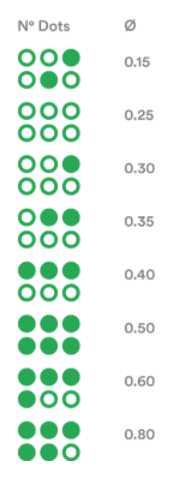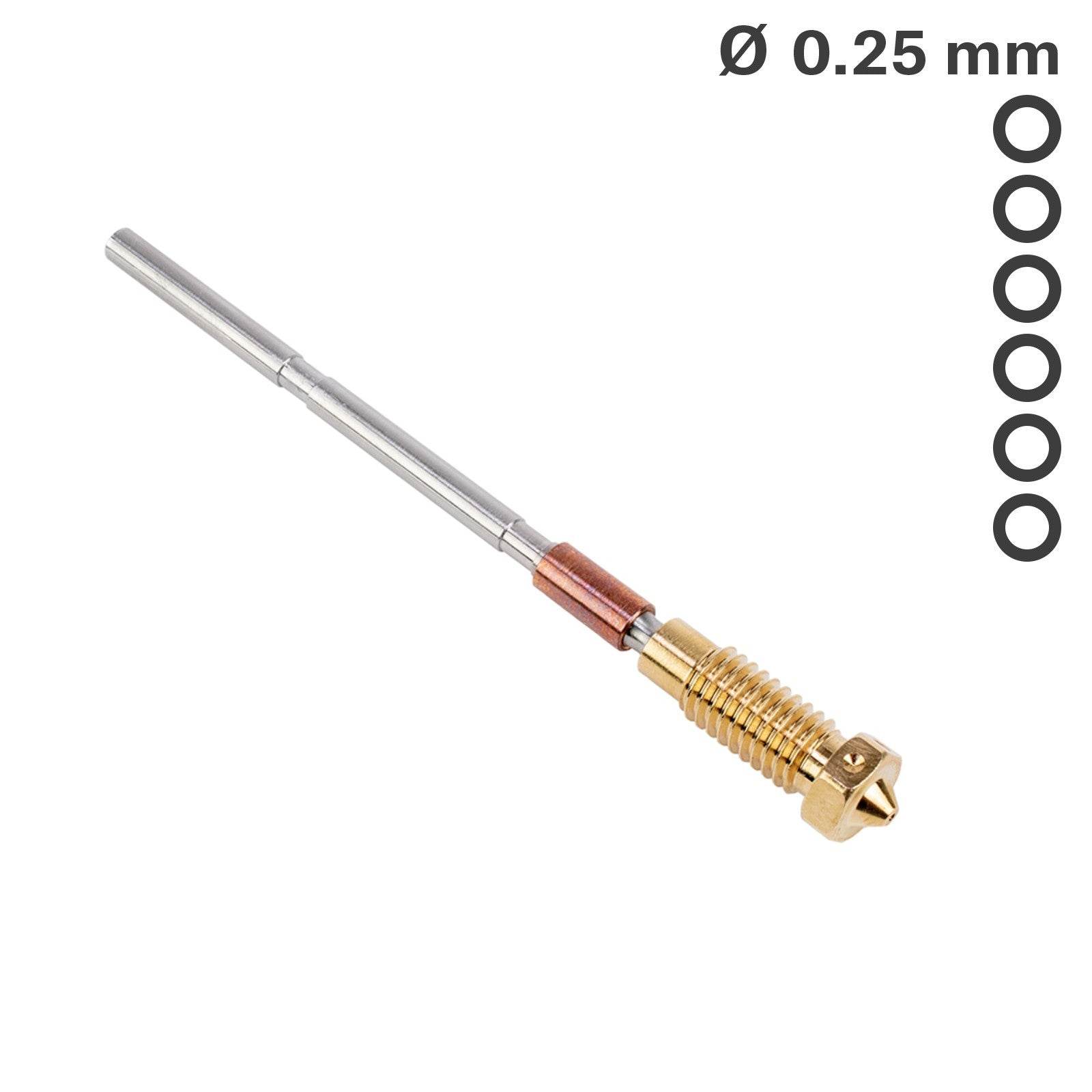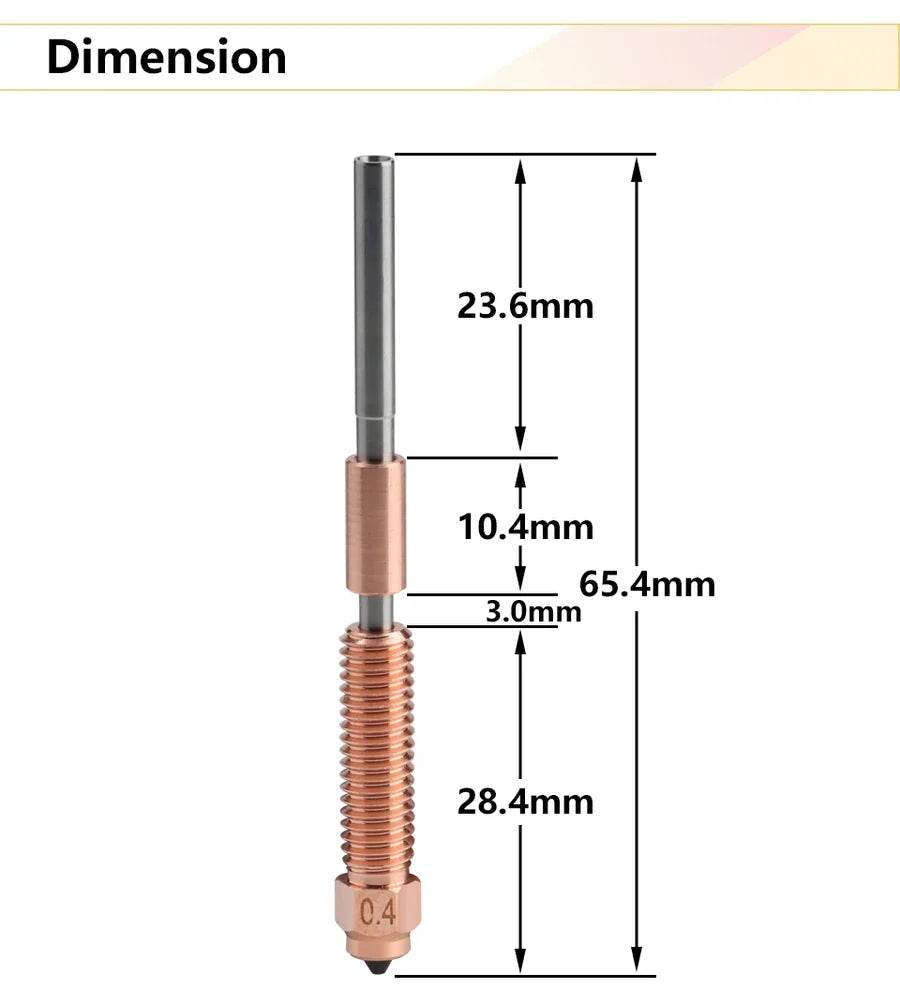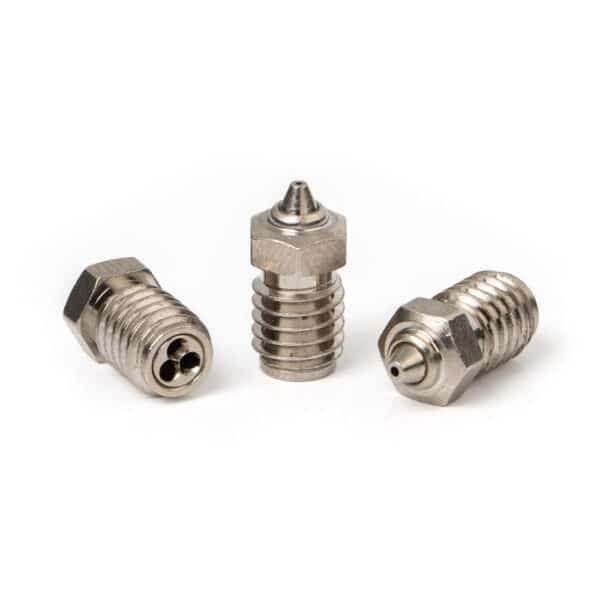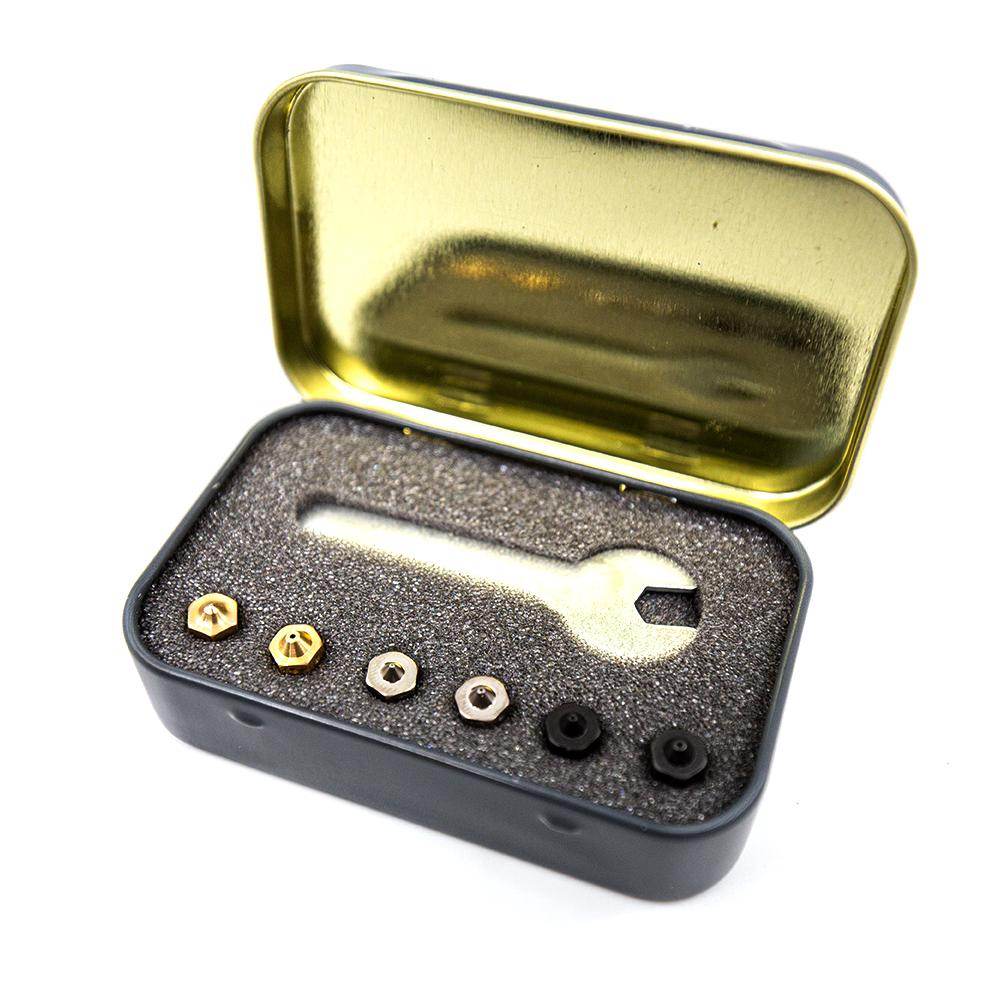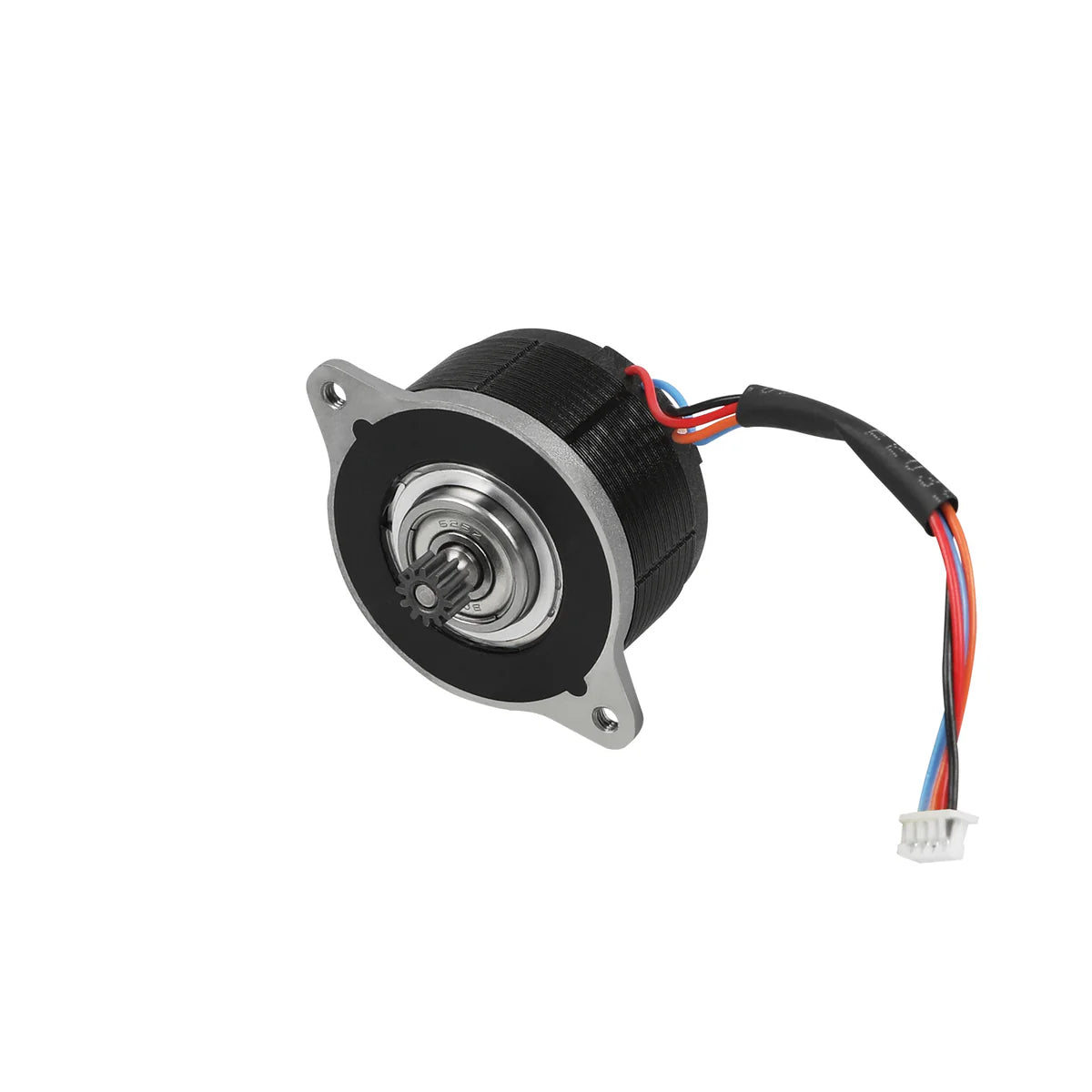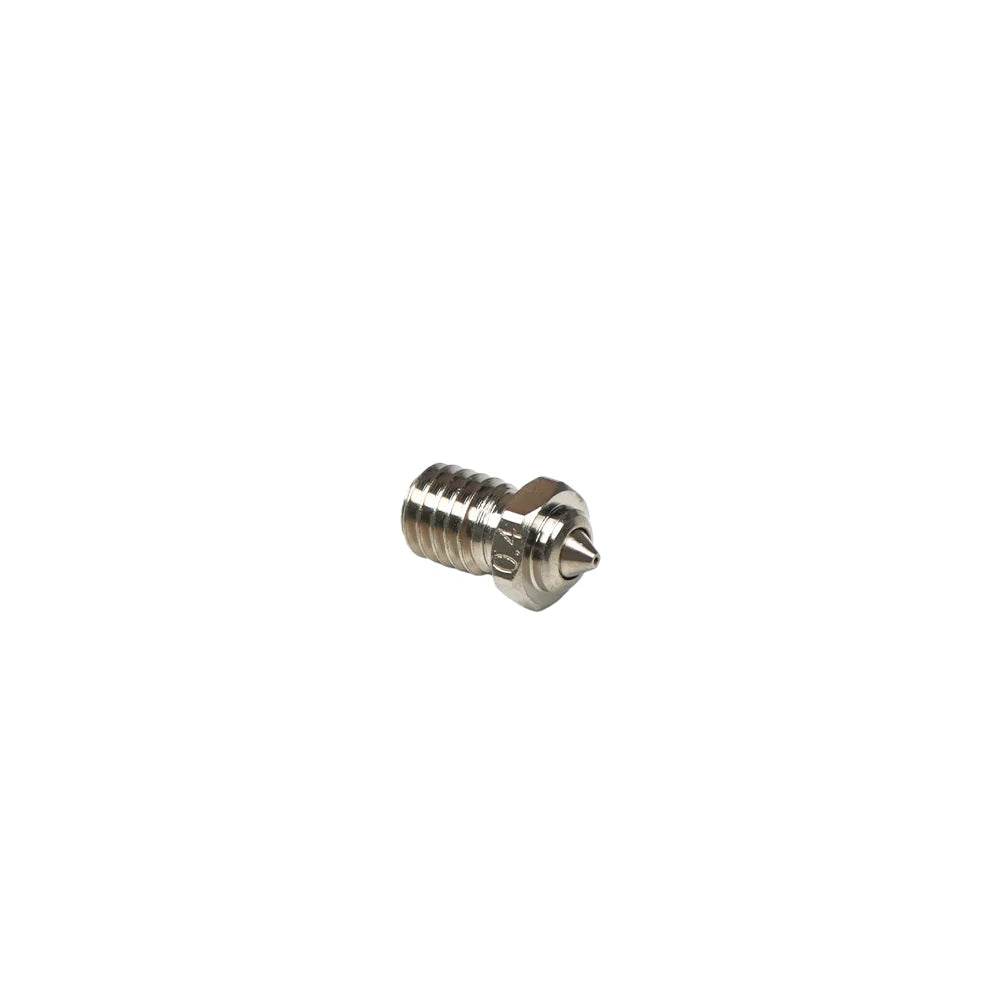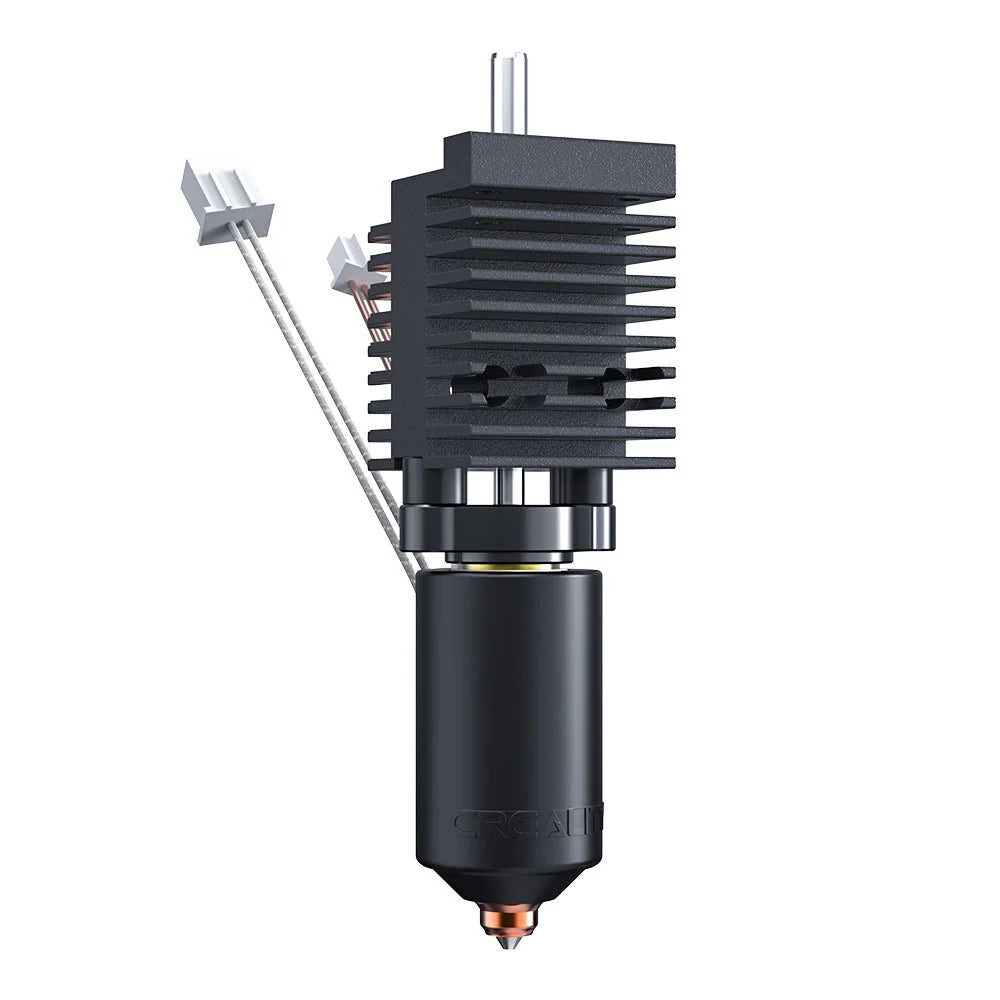Quick Menu
- RISING SUN 3D - ON DEMAND 3D PRINTING
- Ak Interactive
- All Game Terrain
- Ammo by MIG
- Army Painter
- Backpacks and Carrycases
- Bifrost Airbrush Paints
- Coming Soon!
- Connectors
- Chargers
- Gift Cards
- Laser Cutter, Engravers and CNC
- New Items
- Painting Brushes and Tools
- Sale!
- Services
-
- SMS - Premium Acrylic Lacquer Series
- SMS - Pearl Acrylic Lacquer Series
- SMS - Auto Colour
- SMS - Brush Series
- SMS - Cements & Adhesives
- SMS - Colour Sets
- SMS - Colour Shift Acrylic Lacquer Series
- SMS - Crystal Acrylic Lacquer Series
- SMS - DragonAir Airbrushes
- SMS - Effects Acrylic Lacquer Series
- SMS - HyperChrome Series
- SMS - Infinite Colour - Water Based
- SMS - Masking Series
- SMS - Metallic Acrylic Lacquer Series
- SMS - Precision Tools Series
- SMS - Primer Series
- SMS - Thinners, Additives and Paint Remover
- SMS - Weathering Series
- SMS - Wildlife Colours
- STEM
- The Used
- X Class Gear
- Blogs
3D Printer Nozzles
52 products
Showing 1 - 48 of 52 products
3D Printer Nozzles – Precision Nozzles for Every Printing Need
Achieve better print quality, faster speeds, and superior reliability with premium 3D printer nozzles from Rising Sun FPV.
Our 3D Printer Nozzles collection features a wide selection of high-performance nozzles, including brass, hardened steel, ruby-tipped, and specialty nozzles — carefully chosen to meet the demands of hobbyists, professionals, and industrial users alike.
Whether you're printing with basic PLA, abrasive carbon fiber composites, flexible TPU, or high-temperature engineering materials, we have the right nozzle for your printer and your project.
We stock genuine nozzles compatible with popular brands like Prusa, Creality, Bambu Lab, and more — ensuring precision extrusion, long service life, and easy installation.
Print stronger, faster, and cleaner — shop Australia's best 3D printer nozzles at Rising Sun FPV today.














